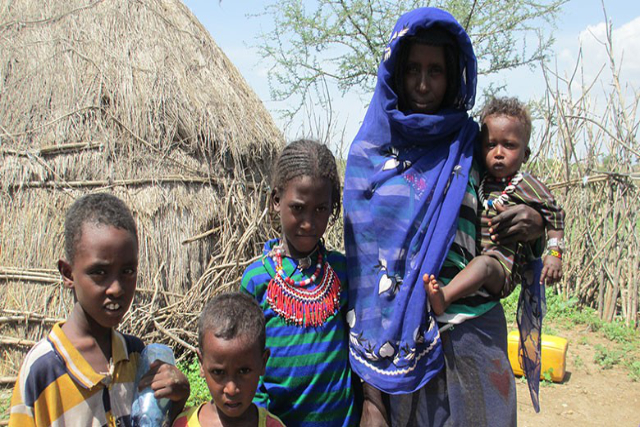

What we do
Here are Our Emergency



School Feeding Program
The 14-year-old student in Ethiopia's capital, Addis Ababa, was living with his aunt after his parents died. My aunt has no money to buy food
Donate Now

Food security for Ethiopia
Many of the most vulnerable in Ethiopia are facing hunger and even starvation after another year of drought, low rainfall and failed crops
Donate Now

Healthcare Crisis Ethiopia
More than 20 million people in Ethiopia, including 5.2 million people in Tigray, are in need of aid due to the conflict that started at the end of 2020.
Donate Now




 <
<
Across the country more than 3.5 million children are out of school - or 1 in every 16 childrenRecent data revealed massive damage to schools across conflict-affected areas of Tigray, Amhara and Afar Read More in northern Ethiopia, according to the latest report from the Ethiopia Education Cluster that comprises the Ministry of Education, Save the Children and UNICEF. The situation is particularly bad in Tigray, where 85% of schools have serious or partial damage, and all public schools remain closed. The combined impact of COVID-19, conflict, and climate change has contributed to at least 13 million children being out of school in Ethiopia, with long-term consequences for their future. The impact of emergencies on education is overlaid by other barriers such as traditional gender norms, a high burden of domestic work (especially for girls), and long distances to school. Many of the out-of-school children are from pastoralist, internally displaced, or refugee communities.Children who are out of school for prolonged periods are at risk of exploitation, sexual violence, early marriage and child labor and lose their right to an education. Read Less